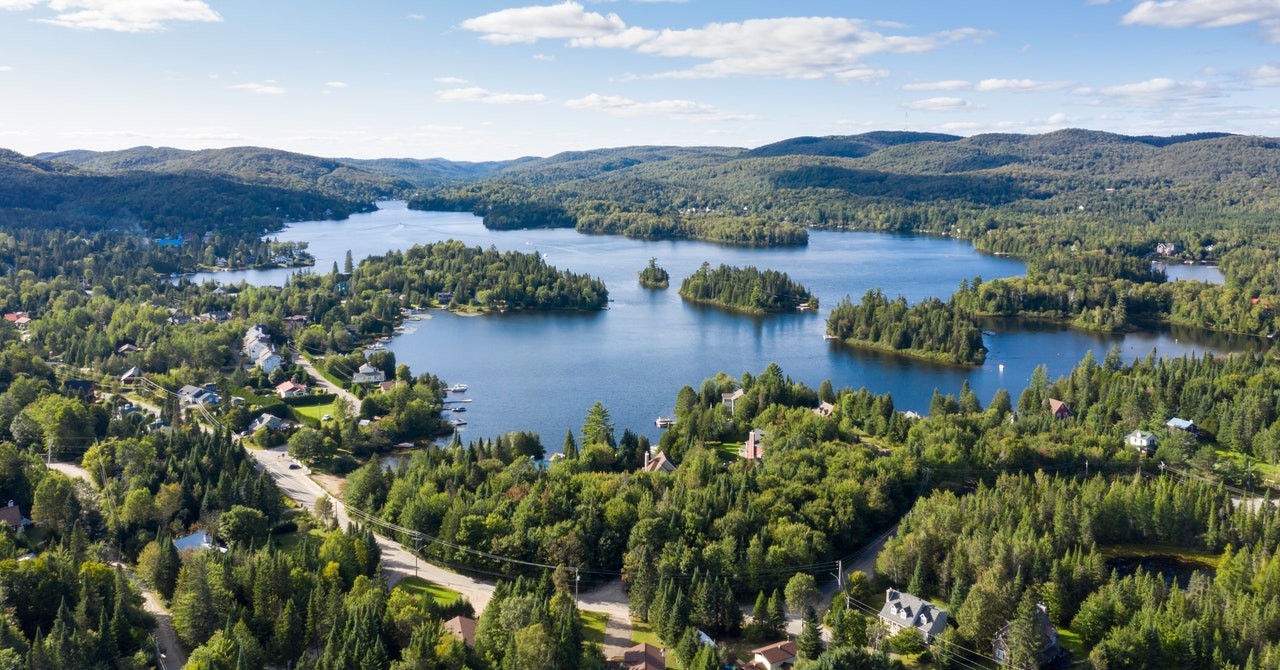
This story originally appeared on Canada’s National Observer and is part of the Climate Desk collaboration.
As droughts, deteriorating farmland, and rising sea levels push people around the world from their homes, advocates in Canada are calling on the federal government to support those who are—and will be—displaced by the climate crisis.
In August, Climate Action Network Canada (CAN-Rac), a body of more than 100 environmental groups across the country, sent a letter to Prime Minister Justin Trudeau and Immigration Minister Sean Fraser asking them to grant permanent residency to all 1.7 million migrants in Canada, including half a million undocumented people. This “regularization” process is key to climate justice, explained Caroline Brouillette, national policy manager for CAN-Rac.
“Fighting the climate crisis is not only about reducing our emissions, it’s about how we care for one another—and that’s why we’re asking for this,” she said.
Climate change is already a factor causing people to immigrate to Canada, said Syed Hussan, the executive director of the Migrant Workers Alliance for Change (MWAC), which worked with CAN-Rac to send the letter. But while climate migrants come to the country as workers, students, or refugees, they “may not even be able to describe their experiences having resulted from climate change.”
He said many migrants’ understanding of climate change is that it causes poverty.
“Climate change is actually closely linked to economic deterioration,” Hussan explained.
Take farmers, for example. Soil degradation is one of climate change’s greatest impacts, he said. Poor soil means poor crops, forcing farmers to move to towns and cities to find work. But many fail to find jobs in larger urban centers, he added, leaving them no choice but to leave their home country and seek opportunities in Canada.
Alongside poor crops, water scarcity and rising sea levels are among the top drivers that the World Bank predicts will force 216 million people to migrate within their own countries by 2050. This estimate doesn’t account for people in Europe, North America, the Middle East, or small island developing states like Barbados or Kiribati.
“For many people, the only option is to come here on some sort of a temporary permit,” Hussan said.
Once they make it to Canada, many still face considerable hardship—which is why MWAC is advocating for all migrants, including temporary foreign workers, to be granted permanent residency. “A person without permanent residency or citizenship does not have equal rights in Canada,” Hussan said.
A recent example is a group of Jamaican migrant farm workers in Ontario who wrote an open letter to Jamaican Labour Minister Karl Samuda earlier last month saying they were experiencing “systematic slavery,” with extremely poor working conditions that included crowded housing, exposure to dangerous pesticides, and verbally abusive employers.
Hussan said MWAC plans to propose a “permanent regularization program” to the federal government in the future but didn’t say exactly what this would look like, other than that it would allow for “everyone in the country to have the same immigration status and the same rights.”
Creating New Migration Pathways
Meanwhile, some groups are calling on the government to make climate change a viable reason for migrants to get permanent residency in Canada. Last year, the Canadian Association of Refugee Lawyers (CARL) published a report outlining several options the federal government could take.
It’s not feasible for climate migrants to come to Canada as refugees, said Rachel Bryce, an associate lawyer at Landings Law and also the cochair of CARL. Under Canadian law, refugees are defined strictly as people outside their home country with a well-founded fear of persecution due to their race, religion, social group, or political opinion.
CARL wants Canada to allow climate migrants to gain status under protected persons legislation. This is available for people already in Canada who do not qualify as refugees but would face significant risk if they returned to their home country.
Adding climate migrants to the protected persons category would pave the way for permanent residency if a person could prove their home country is no longer safe due to climate change impacts. While a specific climate change class to “protected persons” would require changing the law, it would also be possible to amend the Immigration and Refugee Act to allow climate migrants to stay on humanitarian and compassionate grounds, Bryce said.
Canada is both one of the world’s largest emitters of greenhouse gases and one of its biggest fossil fuel producers—and has a responsibility to bear for the climate crisis, Brouillette said. CAN-Rac has also stressed the importance of Canada taking action to reduce its emissions.
“It’s about Canada doing its fair share of the global effort to limit warming to 1.5 degrees and to take responsibility for our disproportionate contribution to the crisis,” Brouillette said.


